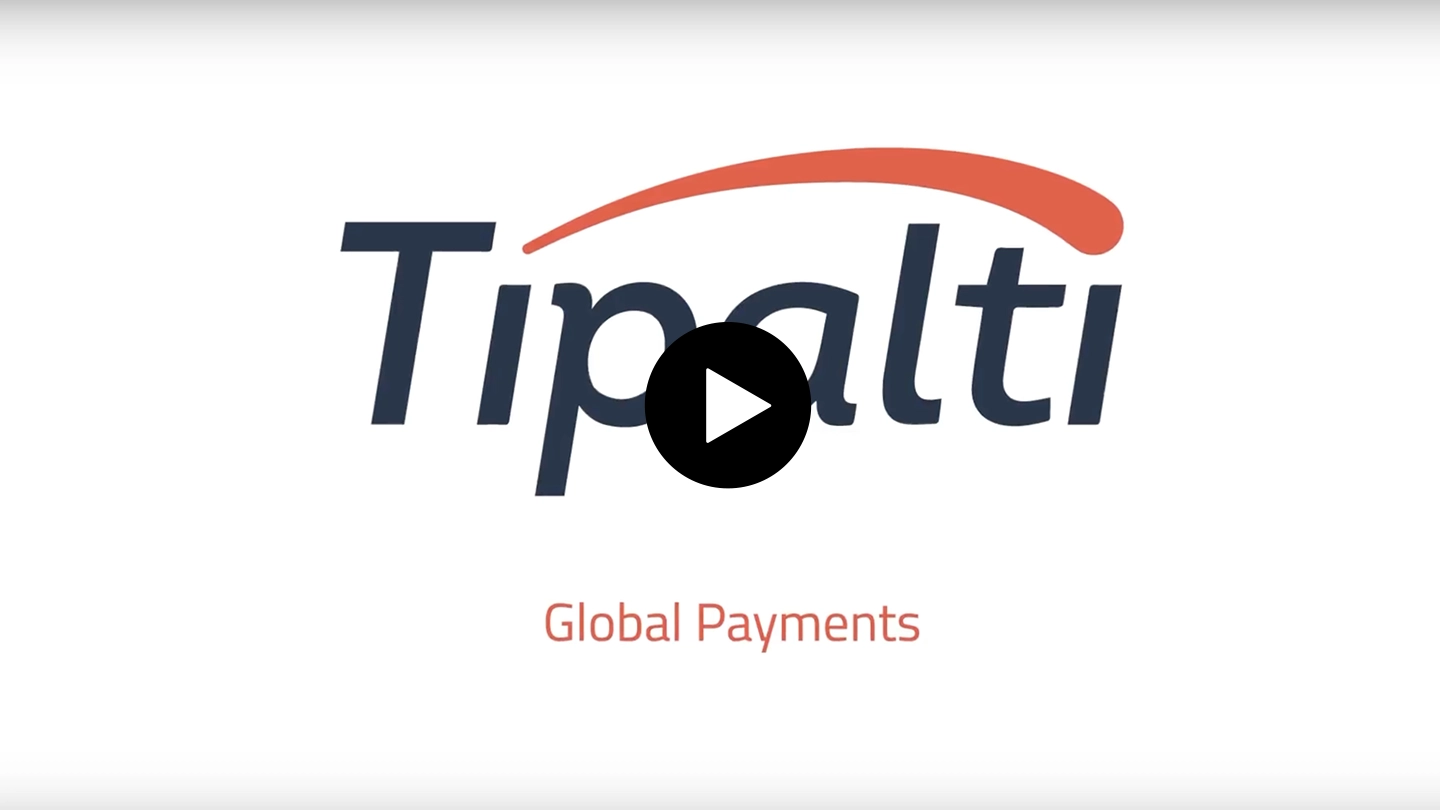Demystifying Cross-Border Payments
How Remittance Methods and Currency Issues Affect Global B2B Payables
From transaction and conversion fees to reliability, no single payment method works optimally in every situation. Understanding the effect of global payment remittance is critical to creating a payables strategy that:
- Ensures greater delivery success
- Reduces the risk of losing payees
- Scales with global initiatives

|
Andorra | 40.0% |

|
United Arab Emirates | 27.2% |

|
Anguilla | 0.0% |

|
Albania | 3.4% |

|
Armenia | 0.0% |

|
Austria | 84.2% |

|
Australia | 82.7% |

|
Bosnia and Herzegovina | 2.4% |

|
Barbados | 0.0% |

|
Bangladesh | 22.5% |

|
Belgium | 71.3% |

|
Bulgaria | 31.6% |

|
Bahrain | 10.5% |

|
Bermuda | 100.0% |

|
Brunei | 0.0% |

|
Bolivia | 66.7% |

|
Brazil | 11.1% |

|
Bahamas, The | 75.0% |

|
Canada | 44.5% |

|
Switzerland | 42.4% |

|
China | 1.4% |

|
Costa Rica | 0.0% |

|
Curaçao | 0.0% |

|
Cyprus | 25.3% |

|
Czech Republic | 44.0% |

|
Germany | 84.0% |

|
Denmark | 76.4% |

|
Dominican Republic | 1.3% |

|
Algeria | 0.0% |

|
Estonia | 36.9% |

|
Egypt | 10.2% |

|
Spain | 78.2% |

|
Finland | 78.4% |

|
Fiji | 100.0% |

|
France | 78.4% |

|
United Kingdom | 78.6% |

|
Guernsey | 0.0% |

|
Ghana | 15.4% |

|
Gibraltar | 0.0% |

|
Greece | 93.6% |

|
Guatemala | 41.2% |

|
Hong Kong | 7.5% |

|
Honduras | 0.0% |

|
Croatia | 59.4% |

|
Hungary | 65.9% |

|
Indonesia | 9.6% |

|
Ireland | 64.7% |

|
Israel | 16.2% |

|
Isle of Man | 28.8% |

|
India | 69.3% |

|
Iceland | 0.0% |

|
Italy | 88.6% |

|
Jersey | 27.7% |

|
Jamaica | 0.0% |

|
Jordan | 61.3% |

|
Japan | 73.8% |

|
Kenya | 22.8% |

|
Cambodia | 0.0% |

|
Saint Kitts and Nevis | 0.0% |

|
Korea, South | 72.0% |

|
Kuwait | 68.8% |

|
Cayman Islands | 0.7% |

|
Lebanon | 0.0% |

|
Saint Lucia | 0.0% |

|
Liechtenstein | 0.6% |

|
Sri Lanka | 45.0% |

|
Lithuania | 41.9% |

|
Luxembourg | 52.3% |

|
Latvia | 26.5% |

|
Morocco | 79.8% |

|
Monaco | 7.7% |

|
Montenegro | 78.8% |

|
Macau | 20.0% |

|
Malta | 53.7% |

|
Mauritius | 0.0% |

|
Mexico | 75.0% |

|
Malaysia | 14.0% |

|
New Caledonia | 100.0% |

|
Nigeria | 0.9% |

|
Netherlands | 72.9% |

|
Norway | 82.7% |

|
Nepal | 60.6% |

|
New Zealand | 73.6% |

|
Oman | 100.0% |

|
Peru | 8.0% |

|
French Polynesia | 100.0% |

|
Papua New Guinea | 100.0% |

|
Philippines | 72.2% |

|
Pakistan | 70.7% |

|
Poland | 31.2% |

|
Portugal | 74.2% |

|
Paraguay | 0.0% |

|
Qatar | 33.3% |

|
Romania | 42.9% |

|
Russia | 23.4% |

|
Saudi Arabia | 89.4% |

|
Sweden | 67.6% |

|
Singapore | 28.7% |

|
Slovenia | 52.3% |

|
Slovak Republic | 71.6% |

|
San Marino | 63.6% |

|
Senegal | 100.0% |

|
Togo | 0.0% |

|
Thailand | 76.3% |

|
Turkey | 54.1% |

|
Trinidad and Tobago | 0.0% |

|
Taiwan | 27.1% |

|
Uganda | 25.0% |

|
Uruguay | 0.0% |

|
Vietnam | 38.5% |

|
Kosovo | 87.8% |

|
South Africa | 70.7% |

|
Zambia | 0.0% |
